|
‘What is the human being? In our anti-metaphysical age, we regard the question as having little importance. It is, however, the most crucial of all.’ (Felipe M. De Leon) A good friend in the Philippines – St. Paul as I affectionately call him because of his dedication to the Jesus and the poor – works with student educators, teachers of the future. Today, he supported his students to create their own art exhibition as a way of exploring the relationship between art and humanities. It’s a topic that interests me too. I’ve travelled and worked in many different countries in the world but I’ve never encountered a culture as vibrantly and spontaneously artistic and creative as the Philippines. Music, dance and colour are everywhere, and with such natural richness of talent. I find myself wondering – why is this? By stark contrast, in terms of art, my own part of the world can appear and feel quite cerebral, introverted and restrained. (I notice that even using the word ‘feel’ in that sentence can feel edgy and a bit risky in my context.) St, Paul’s students, like so many others I’ve had the great privilege of encountering in the Philippines, inspire me by their passion, energy and uninhibited emotional expression. They danced for me on my birthday even though I’ve never met them before, rather than offering me a simple written greeting. They bring the ordinary things of life to life. In ‘Life as Art’, Felipe M. De Leon makes similar observations and explores cultural and contextual conditions that contribute to this gift-phenomenon. In Filipino society, in which, ‘a person learns to develop an expanded sense of self – a sphere of being which includes not only his (or her) individual self but encompasses immediate family, relatives, friends…closeness to others allows (one) to be more trusting, open and freely expressive. Arts and crafts are richest, most creative and diverse in communal cultures. Food is tastier, speech more melodic and things of everyday life more colourful.’ De Leon goes on to comment on other distinctive dimensions of Filipino culture and spirituality that also play a part. Yet there’s something about the relational dimension that resonates very powerfully with me. I notice when I work with people and groups that, if they feel genuinely loved, valued and involved, they often find themselves at their most free, experimental and creative too. Conversely, if they feel isolated, undervalued or excluded, they are more likely to become defended, closed-in or shut-down. These amazing Filipino students have a lot to teach the Western world, and me…and I’m still learning.
22 Comments
‘Every McDonald’s is the same, except that it isn’t.’ (Shirley Moorse) Nothing beats a dazzling encounter. The global Mc-giant prides itself on brand consistency, yet the actual customer experience is influenced as much by what she or he encounters in real, individual members of staff as whatever is on the menu. The same is true for any organisation or business that depends on interpersonal interface between people. One stroppy glance or unhelpful remark and you’ll hear the door clunk/phone click as the person leaves. Put that in your pipe and smoke it. A boss can’t instruct staff or team what mood to be in any more than a person can herd cats. A supervisor can’t maintain a constant watch for any slightest shift in facial expression, subtle gesture or tone of voice that could result in delighted customer on the one hand, or one lost to the eager competition on the other. The tighter the grip, the higher the risk of rupture. A stranglehold always suffocates. Positive spirit can be invited and influenced but never managed or controlled. Apple guru, Steve Jobs remarked, ‘It doesn't make sense to hire smart people and tell them what to do; we hire smart people so they can tell us what to do.’ That’s about releasing magic, human, talent and potential. I had a dazzling encounter with Emma this week, an estate agent from Harper & Co in the UK. Bright natural smile, listening ear, creative ideas – and a stunning personal and professional style that lives and breathes passion, integrity and effectiveness. You can’t order that with fries. What have been your most dazzling encounters? How do you release this talent and potential in others? I think I saw an angel this week. I was walking into town the day after Christmas when I noticed a young man walking ahead of me, beer can in hand, dressed like a skinhead and looking decidedly rough. He stopped momentarily and stooped to the ground. I imagined he was going to drop his can at the roadside and I thought, cynically and silently, ‘Typical’. Instead, to my complete surprise, he picked up another empty can and continued walking. As we progressed, he picked up can after can, bottle after bottle, all discarded by revellers the night before. I was surprised, puzzled and intrigued. As we entered the town, I found myself continuing to follow him. He came to a rubbish bin and carefully dropped the cans and bottles inside it. Now I was really amazed. Instinctively, I felt in my pocket and pulled out some coins. Walking across the road, I smiled, held out the cash towards him and said, ‘Here - buy yourself a drink. I was so impressed to see you doing that.’ Now he looked surprised, puzzled and intrigued. ‘You don’t need to do that,’ he said shyly, ‘I’m just trying to look after my neighbourhood.’ I noticed wet blood across his knuckles, as if from a fight. A real paradox. He held out his hand and asked my name. I told him, asked his and he replied. We shook hands and parted ways. I felt nervous about the blood on my hands and, discretely, rushed off to find a place to wash. At the same time, I felt humbled, confused and inspired by this curious character. How quickly and easily I had judged him. How he was the one that had picked up litter, not I. How he did what was needed without seeking recognition or reward. How he modelled good citizenship without saying a word. I think I saw an angel this week. A true spirit of Christmas and a vision for a new year. 'We can be heroes.' (David Bowie) I’ve known and worked alongside so many heroes that I can hardly begin to list them all. These aren’t famous celebrities, basking in wealth and media limelight. They’re ordinary people who have chosen to live extraordinary lives. I say chosen because they could all have done something different, something more ‘normal’, yet chose – and still choose – to take the road-less-travelled. It’s always a choice, even if it doesn’t always feel like a choice. There’s Rudi. He’s a social worker in Germany who has committed his life and career to work relentlessly to prevent the social and political conditions that led to the rise of the Nazis. He looks on the rise of the AfD with alarm. And there’s Jasmin. She’s poor and lives among the poorest in the Philippines. She gives every spare peso and moment of her time – with scary degrees of self-sacrifice – to bring love and hope to the most vulnerable people. Then there’s Sue. She was on the last plane out of Saigon to rescue mixed-race children at the end of the Vietnam war. The plane was riddled with bullets. She and the children lay terrified on the floor as the aircraft fled the runway. She rarely speaks about it now. And there’s Mike. He works with street gangs and drug addicts in the UK, putting his own welfare at risk because he sees potential in people where others only see broken, messed-up lives. All of these people are ‘followers of Jesus’. They challenge and inspire me and serve as a continual reminder that every moment represents a decision, a choice to live a self-centred life or to serve a higher cause – whether that be God, humanity or nature-environment. I find it easy to get distracted, to slip into pragmatism, expediency, convenience or comfort. Yet I want to live a well-lived life. Who are your heroes and how do they inspire you? I will facilitate a leadership meeting tomorrow. One of the questions I will pose is: ‘Who or what has inspired you most in 2016 – and why?’ We are, after all, approaching the end of this year and it can be valuable to pause in the midst of all the busy-ness of business as usual to reflect, notice, learn, thank and celebrate. At the same time, as we reflect on the why question, it will touch and reveal our underlying beliefs and values. It’s something about who and what matters most to us in life.
Our responses to the inspire dimension will also say something important about ourselves and the cultures we inhabit – although these often lay out of awareness, more implicit to us than explicit. Psychodynamic theory refers to this phenomenon as projection. It’s as if we sometimes notice qualities in others that we don’t see in ourselves. I may project these qualities outwards and see the image that I project…and yet I attribute what I see to you rather than to me – or to us. That said, however, it can be and feel truly life-giving to gaze, even for a moment, at the amazing qualities of people and things that inspire us. To be inspired is to be impacted. Something shifts, something changes. It evokes and energises a dynamic within and between us. This is the influence of role models. It is something we do well to pay attention to as leaders, coaches, OD and trainers too. As one colleague put it: ‘We are always influencing – but not always in the way we hope!’ Without doubt, the person who has inspired me most this year is a young woman, a Filipina, who gives her life, day-by-day, selflessly and unselfconsciously to love and care for others. To meet, to see, to feel, the way she lives and engages with the people around her, especially the poor, has been nothing short of breath-taking for me. It has challenged and inspired me deeply to be a more loving and outward-focused person. So…who or what has inspired you most in 2016 – and why? What are your favourite coaching questions? I often use 3 that I’ve found can create a remarkable shift in awareness, insight and practice, especially in team coaching. I’ve applied them using variations in language and adapted them to different client issues, opportunities and challenges. They draw on principles from psychodynamic, Gestalt and solutions-focused coaching and are particularly helpful when a client or team feels stuck, unable to find a way forward.
* ‘What’s your contribution to what you are experiencing?’ * ‘What do you need, to contribute your best?’ * ‘What would it take..?’ Client: ‘These meetings feel so boring! I always leave feeling drained rather than energised.’ Coach: ‘What’s your contribution to what you are experiencing?’ Client: ‘Excuse me?’ Coach: ‘What do you do when you feel bored?’ Client: ‘I drift away, look out of the window.’ Coach: ‘What might be the impact on the wider group when you drift away?’ Client: ‘I guess others may disengage too.’ Coach: ‘How does the meeting feel when people disengage?’ Client: 'Hmmm…boring!’ Coach: ‘What do you need to contribute your best?’ Client: ‘It would help certainly if we could negotiate and agree the agenda beforehand, rather than focus on things that feel irrelevant.’ Coach: ‘So you want to ensure the agenda feels relevant to you. What else?’ Client: ‘If we could meet off site and break for coffee from time to time, that would feel more energising.’ Coach: ‘So venue and breaks make a difference too. Anything else?’ Client: ‘No, that’s it.’ Client: ‘I don’t think I can influence where and how these meetings are held.’ Coach: ‘It sounds like you feel quite powerless. How would you rate your level of influence on a scale of 1-10?’ Client: ‘Around 3’. Coach: ‘What would it take to move it up to a 6 or 7?’ Client: ‘I guess if I showed more support in the meetings, the leader may be more open to my suggestions.’ Coach: ‘What else would it take?’ Client: ‘I could work on building my relationship with the leader outside of meetings too.’ These type of questions can help a client grow in awareness of the interplay between intrapersonal, interpersonal and group dynamics, his or her impact within a wider system, what he or she needs to perform well and how to influence the system itself. They can also shift a person or team from mental, emotional and physical passivity to active, optimistic engagement. What are your favourite coaching questions? How have you used them and what happened as a result? It’s Christmas Day and I could have better used the title Christmas mess-edge for this short piece. The story of Jesus Christ isn’t just a sweet and sentimental account of a baby boy born in Bethlehem 2000+ years ago. If it’s true, it’s about God entering the very real messiness of our lives and world and offering the potential to transform them into something completely new. Something beyond our wildest dreams, hopes or expectations. Something that stretches and transcends the boundaries of all human existence and experience.
I’ve known something about this notion of stretching boundaries over this past year, about extending the edges of my own experience. I bought a new bike in the spring, challenged myself to cycle over 1000 miles in 6 months and over 50 miles in a single ride. I had never done anything like that before and yet I did it. I also challenged myself to swim 1 mile 3 times in the same week. And I did it. It felt like I had crossed over an important physical and psychological line, achieving things that had previously felt impossible for me. I wrote and had published my first article with the British Association for Counselling and Psychology (BACP). I’d written lots of articles for different publications before but this felt like the next step up in a professional field that sits close to my heart. The editor of Coaching Today invited me to write on spirituality and I jumped at the chance. To top it off, I did my first ever series of radio interviews on spirituality too. It was a great opportunity and a novel experience so sit in a recording studio and to share my beliefs openly on air. And if that was the end of the story, there would be no need for a Jesus, at least for me. But it’s far from the end. I’ve struggled and failed on so many fronts. Sometimes, I haven’t even struggled when I have known I should. I’ve known deeply and personally what Francis Spufford aptly calls the universal ‘human propensity to f* things up’ (Unapologetic, 2013). At times, I’ve failed in relationships, made mistakes at work, fallen short of my own standards, spoken when I should have kept quiet and kept quiet when I should have spoken. What’s more, one of my closest friends has fought courageously with terminal illness. I’ve felt hopeful and helpless, trying to offer support where I could yet knowing I can’t make it OK. I’ve yearned to take the anxiety away but known that I can’t. I’ve watched Syria in the news, the damage that human beings are able to inflict on each others’ lives, on whole countries and regions. I’ve felt impotent and confused. Not all the time, but enough to know that redeeming the world is something I can take part in yet, ultimately, lies well beyond me. And so as I reflect on Christmas, I know what it is to be an aspiring yet fragile human being. I’ve felt exciting moments on the edge of success and have known what it is to screw up and need forgiveness. I have felt the amazing love of others, often undeserved yet tangible all the same. At that first nativity, I believe God himself entered the messy complexity of our lives and world with the most profound message of love and hope possible. Not just in words but in a life well-lived and a promise of presence and eternal life. Merry Christ-mas! It was really muddy this weekend and the woodland tracks were almost impassable. Almost. It’s precisely the almost-ness that makes this sport so challenging and exhilarating. I’m not that skilled on a mountain bike. I can do enough to complete rough tracks on hilly ground without falling off too often. Last year I went over the handlebars, not on purpose, when I hit a tree root hidden by bracken. It left me breathless, yet the element of risk adds to the thrill and adventure.
Each time I go out, I get that bit better. My legs get stronger and I improve my balance. I skip over a log where before I would have stepped off the bike to lift it over. I wince less when I get caught by brambles, digging their thorns through my trousers and shirt. I get a better sense of which puddles to ride through and which to avoid. I push on ahead whereas in earlier days I might have given up. I’m improving my stamina, my fitness and my biking technique – and it feels great. Spurred on by a friend who has also joined this cycling sport, I signed up this week for a sponsored ride for a UK charity (http://www.justgiving.com/Nick-Wright40). It’s a stretching target for me, the longest distance I will have ridden since I was 15. It feels like testing myself, seeing what I’m capable of, paving the way perhaps to even greater challenges in the future. I think that’s where the fun is, that ‘not sure if I can make it’ feeling combined with a gritted determination to succeed. I’m reminded of leadership, of parenting and of coaching. How can we keep ourselves and others at the cutting edge, the edge where we and they feel stretched and challenged yet most alive? How can we motivate ourselves and others to keep growing, to keep pushing boundaries of experience without feeling over-stretched or snapping? How can we develop our own and others’ resilience to persevere and to reach new heights that we or they would never have dreamed possible? Reaching 64 lengths felt like quite a stretch. I normally swim around 25 so pushing for a mile felt exciting yet daunting. When I did reach the final strokes, I felt tired yet exhilarated. It was a good feeling, a feeling of achieving something beyond my normal boundaries, routine, comfort zone. In that moment, I felt more alive somehow as if I had extended my boundaries into a new space. I was spurred on to test my limits by a good friend who takes his own sport, motorcycling, to extremes, perfecting his riding technique in every detail and crossing continents in ways I only dream of. Rho Sandberg added inspiration in her deeply thought-provoking blog, ‘Working with our Edges and No-Go Zones’: http://thegritintheoyster.cleconsulting.com.au/blog/working-our-edges-and-no-go-zones.
Rho, a coach and consultant, comments on how each time we reach the border of our experience, it’s as if we reach an edge. The edge represents an opportunity for growth and something new yet it can also sometimes feel unsettling, disorientating and anxiety-provoking. We may at times hesitate, avoid or pull back to avoid the discomfort or fear of what may lie beyond. ‘Will I be able to handle it?’ It could be a new relationship, a new job or taking something familiar to the next level. The edge can symbolise adventure...and risk. I remember that feeling vividly, the first time I set off to hitch hike around Europe. I had never done it before and felt butterflies of anxiety and thrill as I made preparations and finally stood at the road side, waiting for that first lift that would signal the start. Rho comments that, ‘An edge is the limit to what we know and are comfortable with’ and ‘a coach or consultant’s key contribution can be holding and supporting the client at the edge long enough for them to discover a little more about it’. This echoes with my own experience as coach, supporting people who face fresh opportunities and challenges in life or who are working through change and transition. It inspires me to continually develop my own thinking and practice too…how to keep growing, extending my own boundaries and not to stay within my safe circle of experience. My next challenge is to cycle 1,000 miles and I can already feel myself touching that edge. Rho’s advice: ‘The edge is an interesting place – I recommend taking a torch to find your way around.’ What is it that makes certain individuals stand out from the crowd? How is it that some people resist peer pressure, seize the initiative and radically break the mould? Is this kind of personal leadership, the ability to think freely, move proactively and act autonomously, something we should seek to attract and nurture in organisations? Could it release fresh energy, inspiration and innovation? The relationship between an individual, group and organisation is complex. Organisations as groups often foster consistency, continuity and conformity. We test people during recruitment for their potential fit, we induct and orientate people into the existing culture and we performance manage people to deliver preconceived products and services.
It’s a brave organisation that recruits and develops social revolutionaries, people who will instinctively challenge the status quo, think laterally, refuse to accept time-honoured traditions and push for something new. For leaders who operate in a conventional management paradigm, it can feel threatening, confusing and chaotic. The risks can seem too high and too dangerous. I worked in one organisation where we recognised our culture had become too settled, too complacent, too safe. People often commented on its warm, supportive relational nature but it lacked its former edginess, struggled to deal with conflict and desperately needed to innovate. The challenge was how to introduce and sustain a shift without evoking defensiveness. Social psychologists offer some valuable insights here, for instance in terms of social loafing and diffusion of responsibility where individuals are less likely to act independently or with the same degree of effort if they perceive themselves as part of a wider group where responsibility is shared. A challenge in this organisation was how to stimulate personal initiative and responsibility. Social conformity is another social psychological factor where people are likely to act consistently with the norms of a group if it provides them with a sense of acceptance and belonging within that group, or the approval of a perceived authority figure. A challenge in this organisation was how to ensure that personal initiative and responsibility were valued and affirmed. We took a four pronged approach. Firstly, we worked with the leadership team with a skilled external consultant known for his outspoken, courageous, challenging style to develop a more robust leadership culture, capable of open and honest conversations without fear that this would undermine relationships. This enabled the top team to model a new cultural style. Secondly, we introduced a simple behavioural framework that positively affirmed personal leadership in terms including personal initiative, personal responsibility, creative thinking and innovative practice. This framework was embedded into the organisation’s recruitment and performance development to attract, develop and reward these qualities and capabilities. Thirdly, we held an annual ceremony where staff were invited to nominate peers for awards where they had seen positive examples of such qualities demonstrated in practice. The peer aspect helped raise awareness and reinforce personal leadership as a cultural quality valued and affirmed by the organisation and to capture real stories that illustrated what it looked like in practice. Fourthly, we created a new innovation post, appointed an innovation enthusiast and allocated a new budget to stimulate and enable creative thinking and innovation across the organisation. This created a culture shift and a tangible symbol of the leaders’commitment to move in this direction. A willingness to question the status quo became a cultural value. A corresponding challenge was how to engender a spirit of personal leadership that took the wider system and relationships into account. If individuals only operated independently and didn’t take account of or responsibility for the implications of their decisions and actions on others, relationships would become strained, the organisation would become chaotic and it wouldn’t achieve its goals. To address this issue, we introduced the notion of shared leadership alongside personal leadership, emphasising and affirming the value of collaborative working alongside independent initiative. This too was reflected in the annual staff award ceremony and in recruitment, development and rewards. It was a matter of creative balance. As a tool for developing greater personal and shared leadership, I have found the following questions can be helpful: Who are my cultural role models? Who have I seen demonstrate great personal leadership? What can I learn from them? What would it take to contribute my best in this situation? What will I do to make sure it happens? In the past 12 months, where have I shown personal initiative? When have I held back from saying what I really thought or felt for fear of disapproval? What are the impacts of my actions on others? How far do I take responsibility to help others manage the implications of my decisions? How can I work collaboratively to achieve better win-win solutions? What difference do I want my life to make here? |
Nick WrightI'm a psychological coach, trainer and OD consultant. Curious to discover how can I help you? Get in touch! Like what you read? Simply enter your email address below to receive regular blog updates!
|
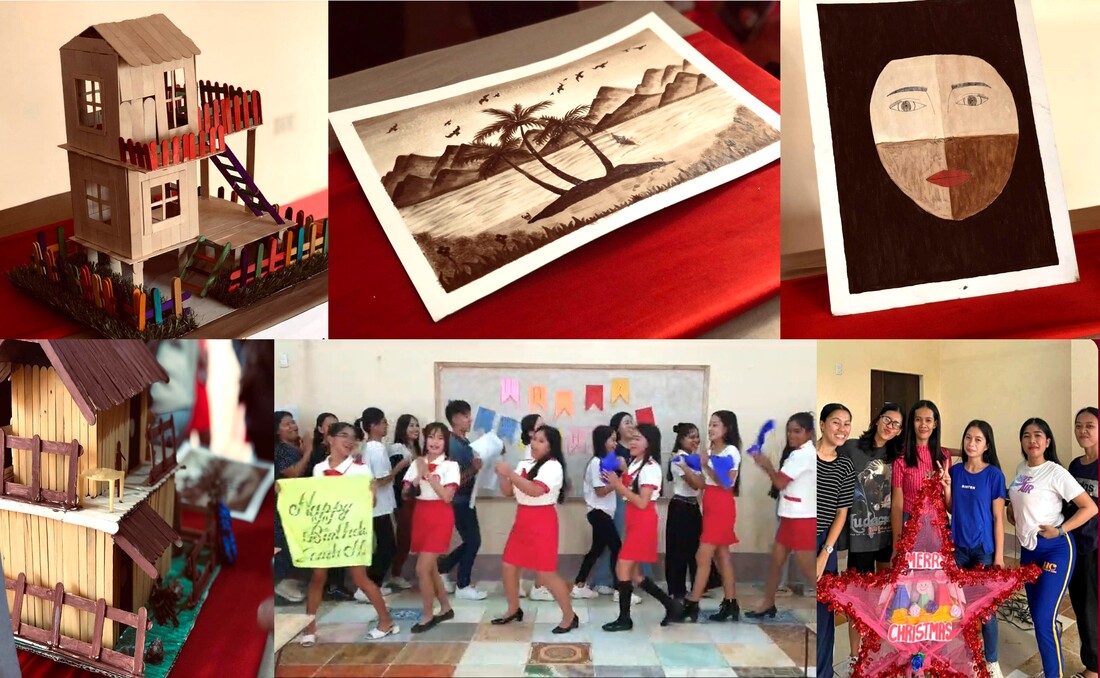

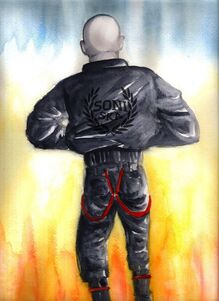

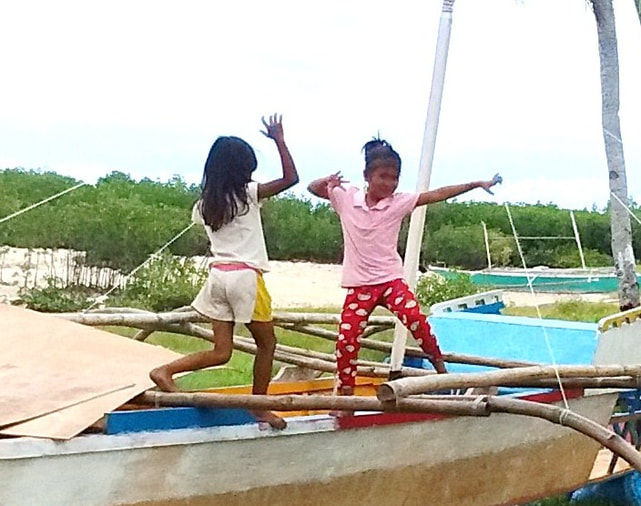
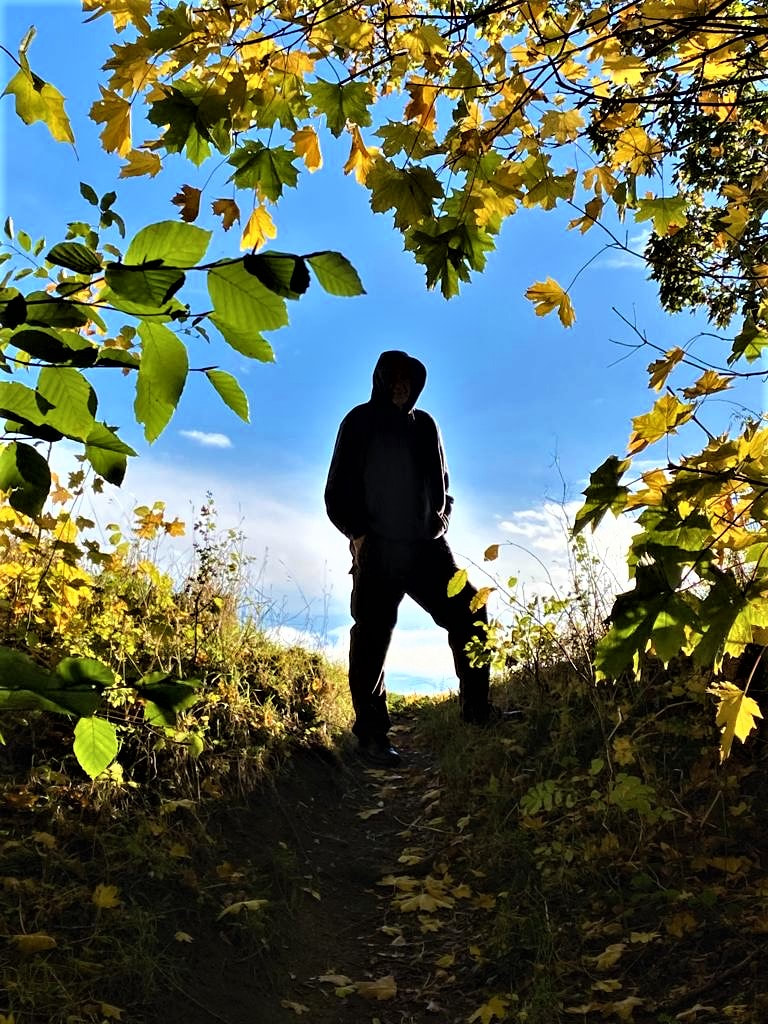
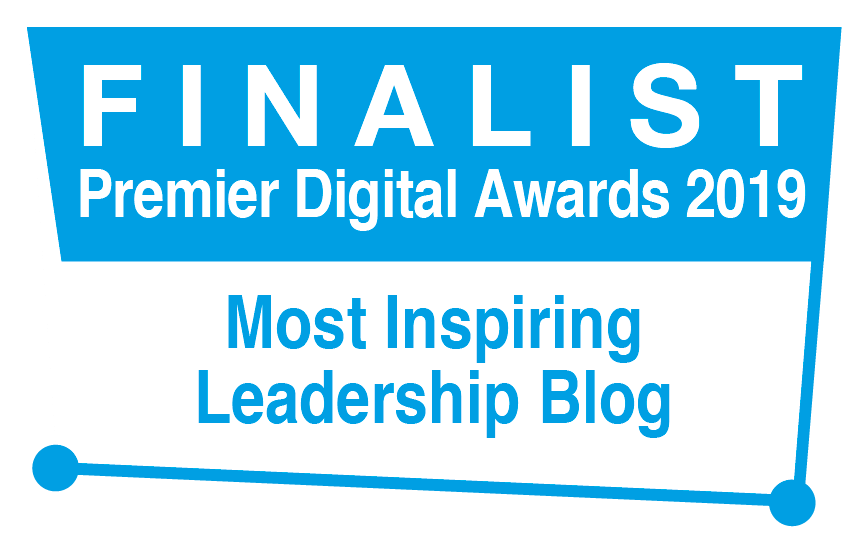
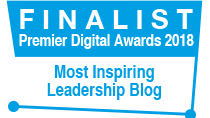
 RSS Feed
RSS Feed